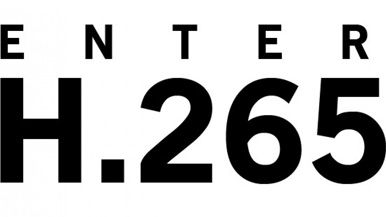|
|
Intermittent Issues: The H.26x FormatBy Ben GruchowJune 8, 2016
H.264 H.264 is a product of the MPEG-4 video standard; it is also known as MPEG-4 Part 10, or by the acronym AVC (Advanced Video Codec). Put simply, it is the reason we have the video we do on Blu-ray discs, computers, tablets, and smartphones. It’s the underpinning of HD in the home, of contemporary Internet streaming video, and of mobile services. But for the final segment in this column, it is the only standard capable of displaying content at Ultra HD-level resolution. There are a number of core enhancements inherent to H.264 that set it above its predecessors; chief among them is the targeted reduction in bitrate and the compensation in bitrate reduction with more sophisticated means of arranging each frame. A big component of this arrangement is the introduction of variable block sizes. We talked about blocks already; the H.26x standard is built on the foundation of luma and chroma blocks. With H.264, these blocks can assume varying shapes and proportions in accordance with what the predictive framing needs require. This results in a savings of approximately 15% in terms of bitrate, without a discernable compromise in quality. H.264 was provided an extension in 2009 to allow for multiview applications, a fancy way of saying that it accepts coding of content acquired from multiple cameras; this was usable for a predicted boom in 3-D stereoscopic films. There are several other instances of increased efficiency with the H.264 codec - deblocking applications for reducing the amount of macroblocking without losing detail in the image, weighted and quarter-pixel predictive capabilities for P and B frames in the image - but the main takeaway from the standard is the enormous leap forward it brought for HD in the home, and for paving the way to what’s here now.
[ View other columns by Ben Gruchow ]
[ View other Intermittent Issues columns ]
[ Email this column ]
|

|
|
|

|
Thursday, April 25, 2024
© 2024 Box Office Prophets, a division of One Of Us, Inc.


